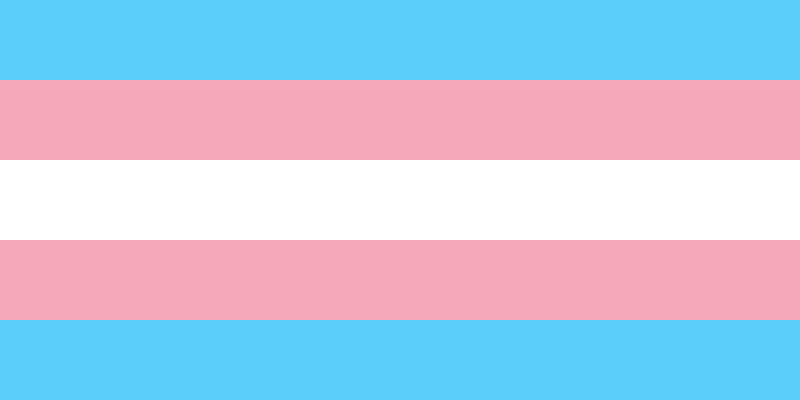Trinity
/Keep us steadfast in this faith and worship, and bring us at last to see you in your one and eternal glory, O Father; who with the Son and the Holy Spirit live and reign, one God, for ever and ever. - from the Collect for Trinity Sunday
Trinity Sunday follows the Sunday of Pentecost each year. Every year as it makes its way around the internet, I get a laugh from this video from “Lutheran Satire” about Donnell and Connell confronting St. Patrick to explain the Trinity. It shows how specific and yet practically useless theological language can sometimes be.
There are always a lot of jokes thrown around about how hard it is to preach on Trinity Sunday because of how unexplainable it all is, but then again, everything about God is unexplainable, so you could really say that about any Sunday. But that shouldn’t ever stop us from exploring and wondering about the nature of God. It hasn’t stopped theologians, certainly who have written thousands upon thousands of pages about the trinity, which is, as this Sunday’s prayer expresses it: “The Father, who with the Son and the Holy Spirit live and reign, one God, for ever and ever.”
The problem comes whenever you think you know what God is all about. That is the moment you’ve put God into a box and made God much smaller that God really is. And that, to use Connell and Donnell’s theological language, is a heresy. So, if you think I can sum the Trinity up in a few sentences in this week’s blog, well. I can’t. And Derek’s sermon this Sunday won’t manage to sew it all up tight either. Nevertheless, I continue to dance joyfully with the Trinity (I mean, there’s a reason I moved away from the Unitarian tradition) and am always finding new ways to abide with it and be more deeply informed by it.
In the very famous Rubilev icon of the trinity, above, the the persons of the Trinity sit as relaxed equals around a table. These three gender neutral friends who could represent almost anyone, share their food and their presence with one another, each with a hand placed gently on the table on the table. It is an image of mutuality and sharing which implies that God emerges in the relationship between us. For me, the Trinity assures me that God is not simply a monolithic object to bow down in front of, but more like a dynamic, changing and growing relationship.
The “official” and traditional doctrinal language about the Trinity can be pretty obtuse, as Connell and Donnell show. But I love that in our tradition we have never given up on finding some way of describing the way that God is not just some white haired old man far away in the clouds, but someone/something that abides right here with us - as if over a meal - and can be found in us, between us and among us all the time,









